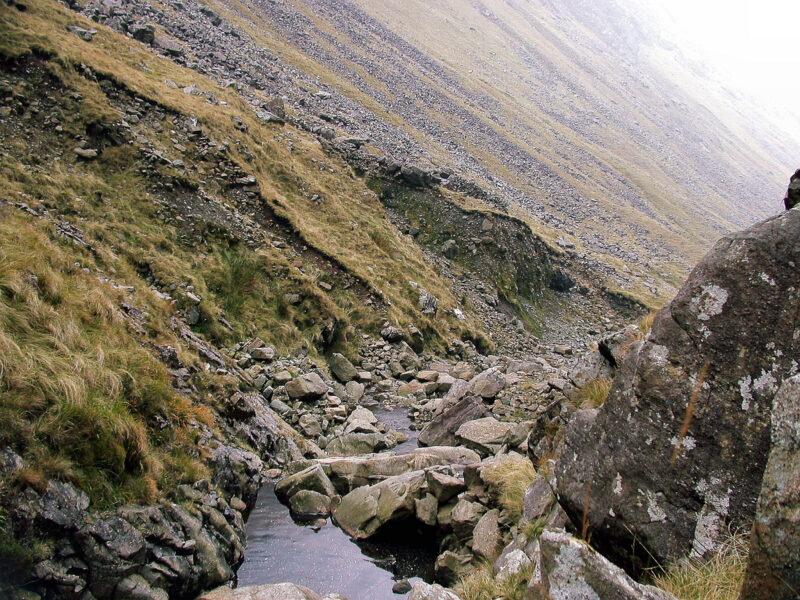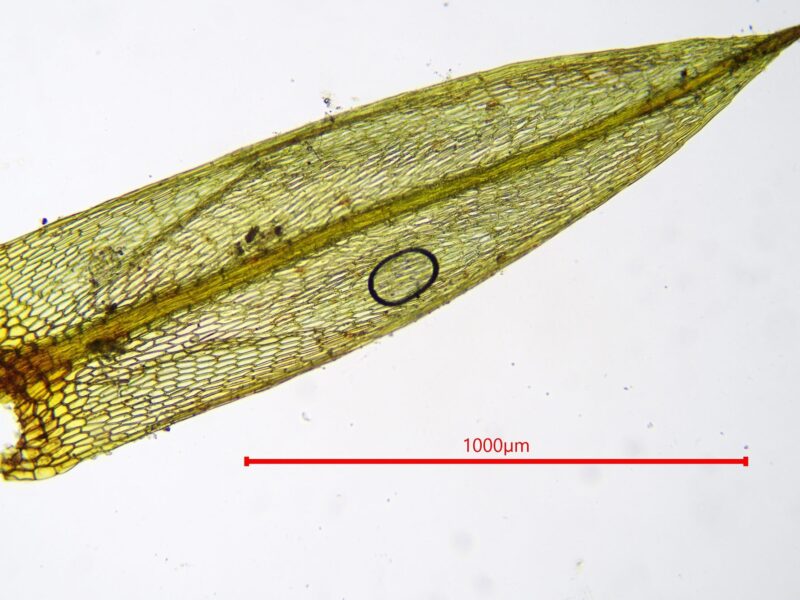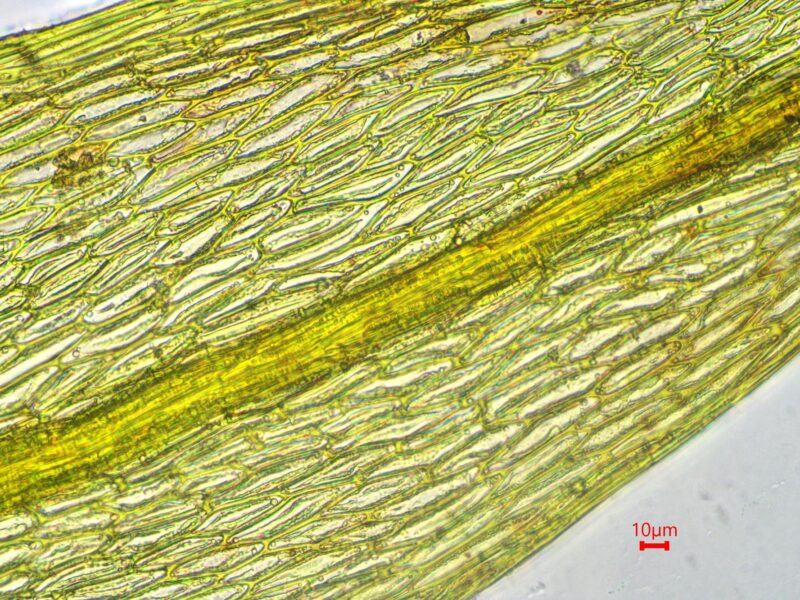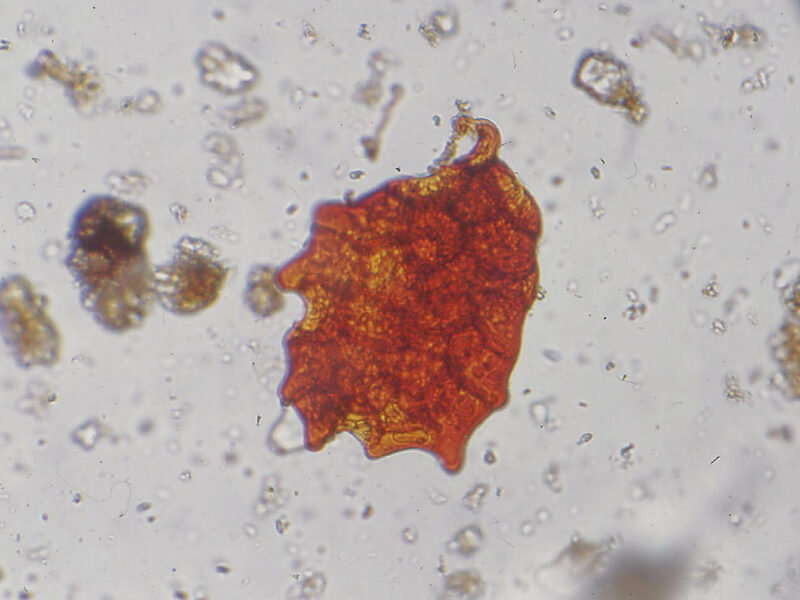Identification notes
Bryum riparium is an uncommon plant of moist gravelly soil in the inundation zone of upland streams or fast flowing rivers, and where water trickles over disturbed mineral soils such as landslips. For lovers of tuberous Bryum there can surely be no greater pleasure than coming across its unique and fascinating tubers. Unlike many tuber-bearing Bryum this is a perennial plant which grows in dense tufts comprised of pencil-like shoots with erect imbricate leaves that obscure the stem and are matted together with a tomentum of dark brown rhizoids. In Spring, new shoots emerge from the old shoot apices.
There was confusion in the past with Bryum mildeanum until the taxonomy was unravelled by Harold Whitehouse in the early 1960s. The leaves of Bryum riparium are narrower, with a more strongly defined border and a brownish rather than red nerve. The narrowly decurrent leaf base is composed of long narrow cells. But it is the presence of the irregular flattened tubers that is the key diagnostic character. These form on rhizoids within the tomentum but easily become detached and usually will be found in the water when a stem is being dissected.
















